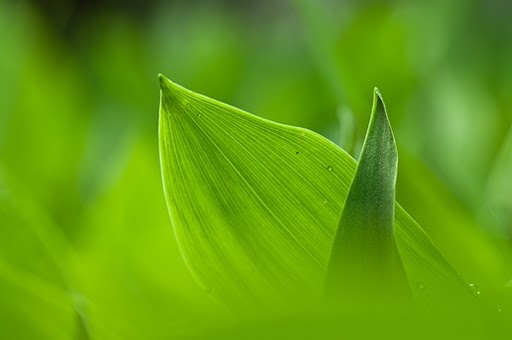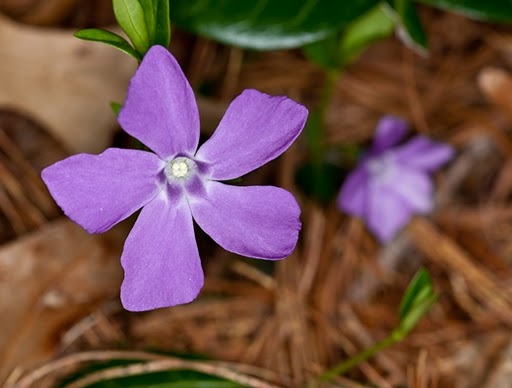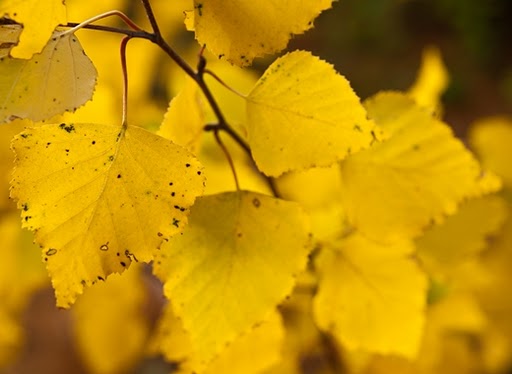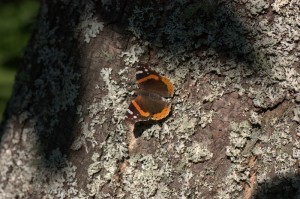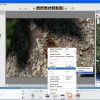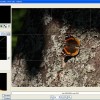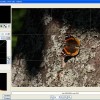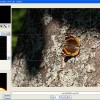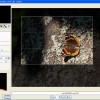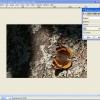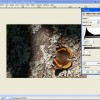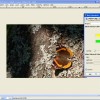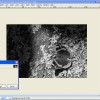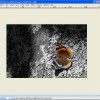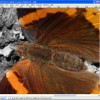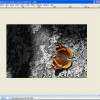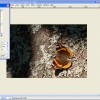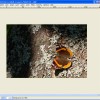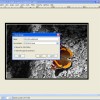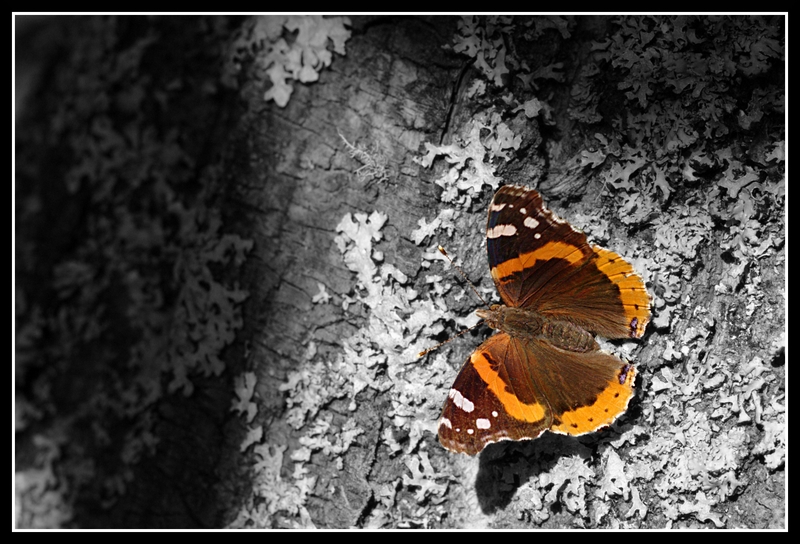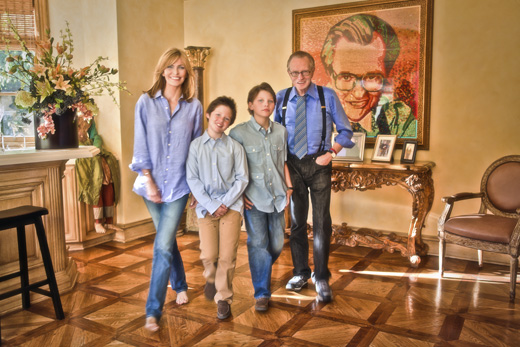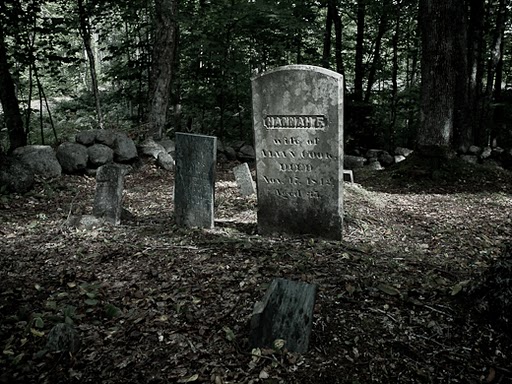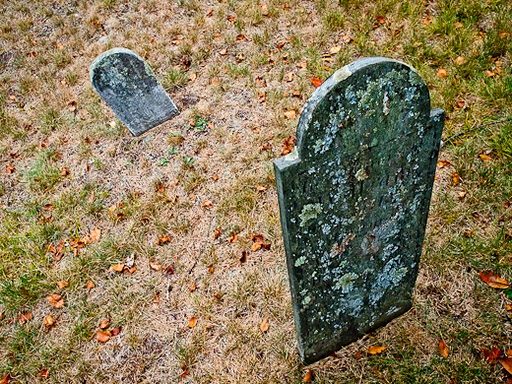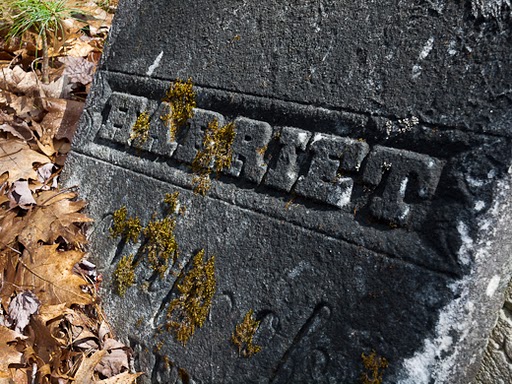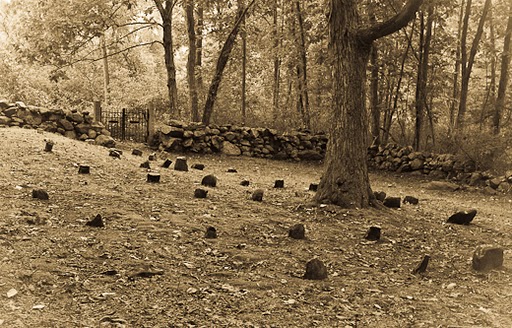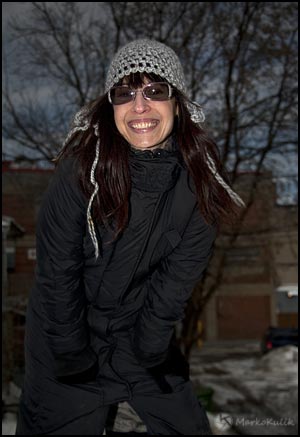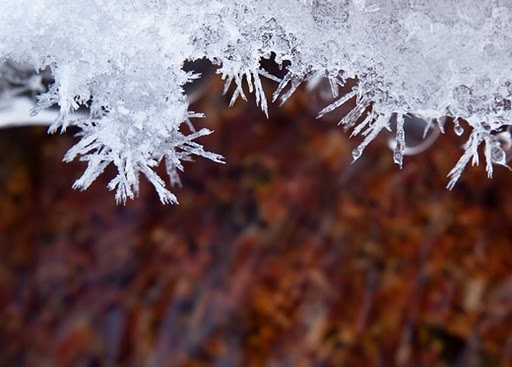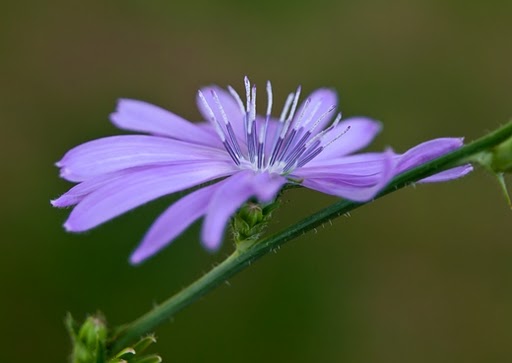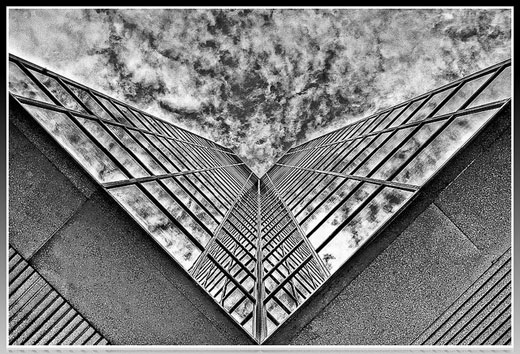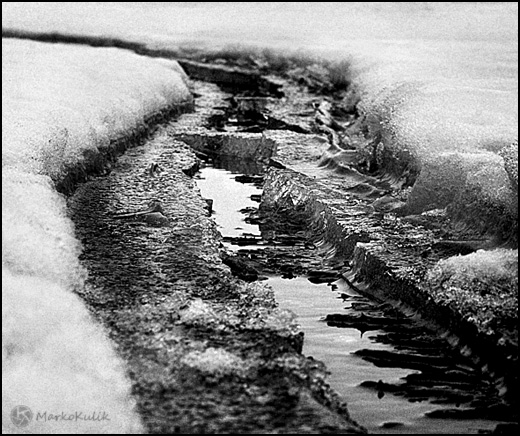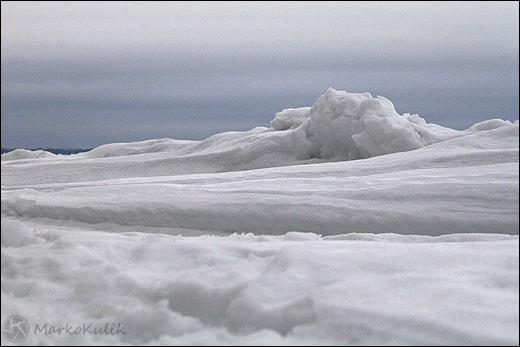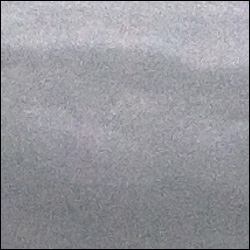Photography podcast #96 is a primer on how to buy a great tripod, what to look for in a tripod and why you should buy a great tripod. (In the longrun, if you stick with photography long enough, you will be buying a great tripod eventually anyway)
If you are serious enough about your photography that you save money to buy great lenses, then this podcast won’t scare the crap out of you.
If you are into the cheap stuff, and are more concerned about overall price versus overall quality, be afraid — be very afraid.
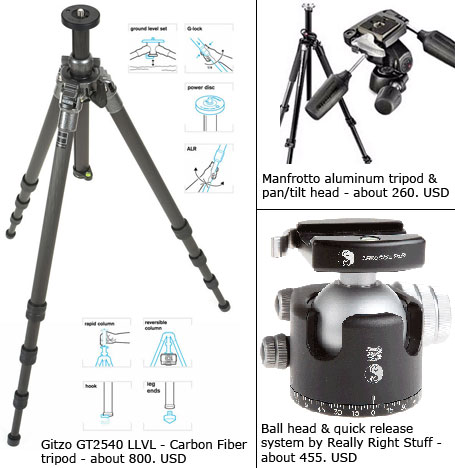
Tripods and heads for photography
Links /resources mentioned in this podcast:
Tripod article by Thom Hogan — a must read
Gitzo GT2540LLVL tripod at B&H
Manfrotto 055 Tripod plus 3-Way Pan/Tilt Head w/ Quick Release at B&H
The following companies make recommended ballheads — Arca Swiss — Acratech — Really Right Stuff - Markins — Gitzo — Manfrotto
Cheaper Carbon fiber tripods by Induro — Benbo (Remember to research and TRY specific individual models)
April’s regular assignment on the Photography.ca forum — Geometric shapes
April’s level 2 assignment on the Photography.ca forum — Creative underexposure
If you liked this podcast and want to review it on Itunes, this link gets you to the main page
If you are interested in writing for our blog please contact me photography.ca ( A T ) G m ail Dot co m (using standard email formatting)
Please join the Photography.ca fan page on Facebook
My Facebook profile — Feel free to “friend” me — please just mention Photography.ca
My Twitter page — I will follow you if you follow me — Let’s connect — PLEASE email me and tell me who you are in case I don’t reciprocate because I think you are a spammer.
If you are still lurking on our forum,
feel free to join our friendly ![]() Photography forum
Photography forum
Thanks to forum member Benny who posted a blog comment about our last podcast. Thanks as always to everyone that sent comments by email about our last podcast. Although ALL comments are appreciated, commenting directly in this blog is preferred. Thanks as well to all the new members of the bulletin board. Most of the links to actual the products are affiliate links that help support this site. Thanks in advance if you purchase through those links.
If you are looking at this material on any other site except Photography.ca — Please hop on over to the Photography.ca blog and podcast and get this and other photography info directly from the source. |Subscribe with iTunes |Subscribe via RSS feed |Subscribe with Google Reader|Subscribe for free to the Photography podcast — Photography.ca and get all the posts/podcasts by Email
You can download this photography podcast directly by clicking the preceding link or listen to it almost immediately with the embedded player below.
Thanks for listening and keep on shooting!
Podcast: Play in new window | Download
